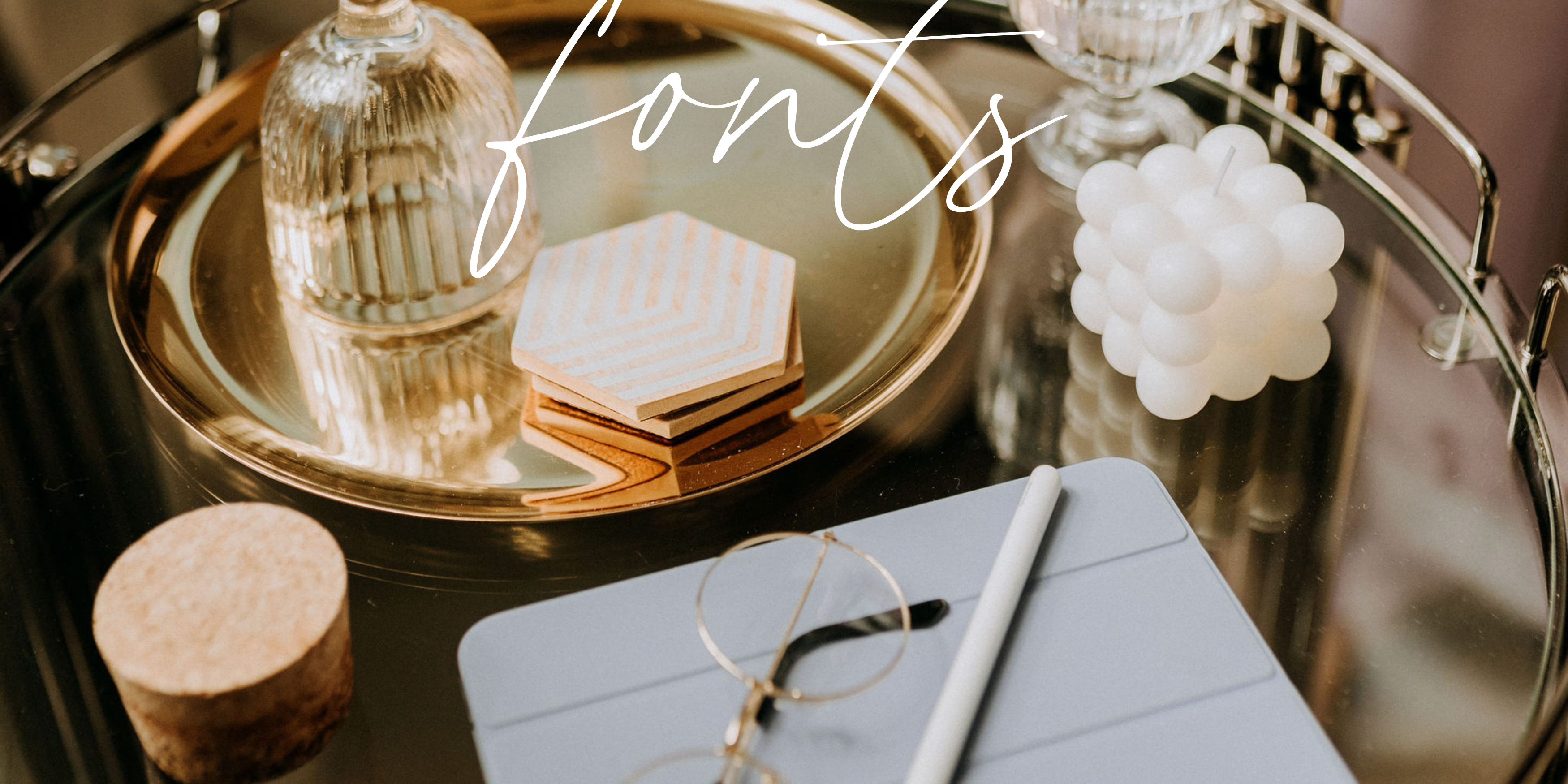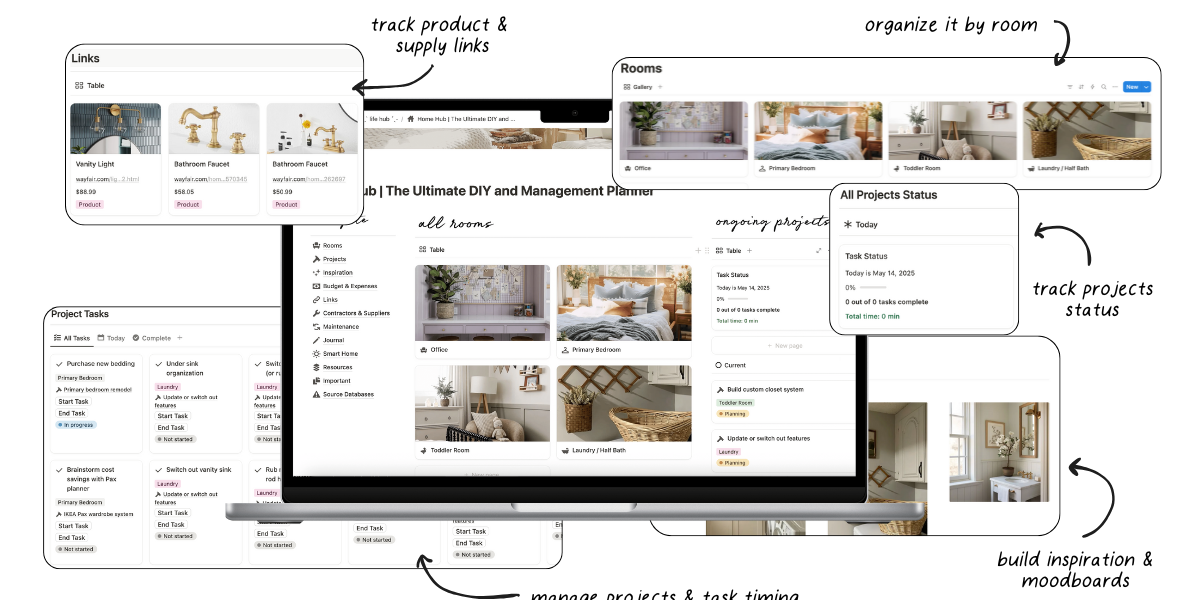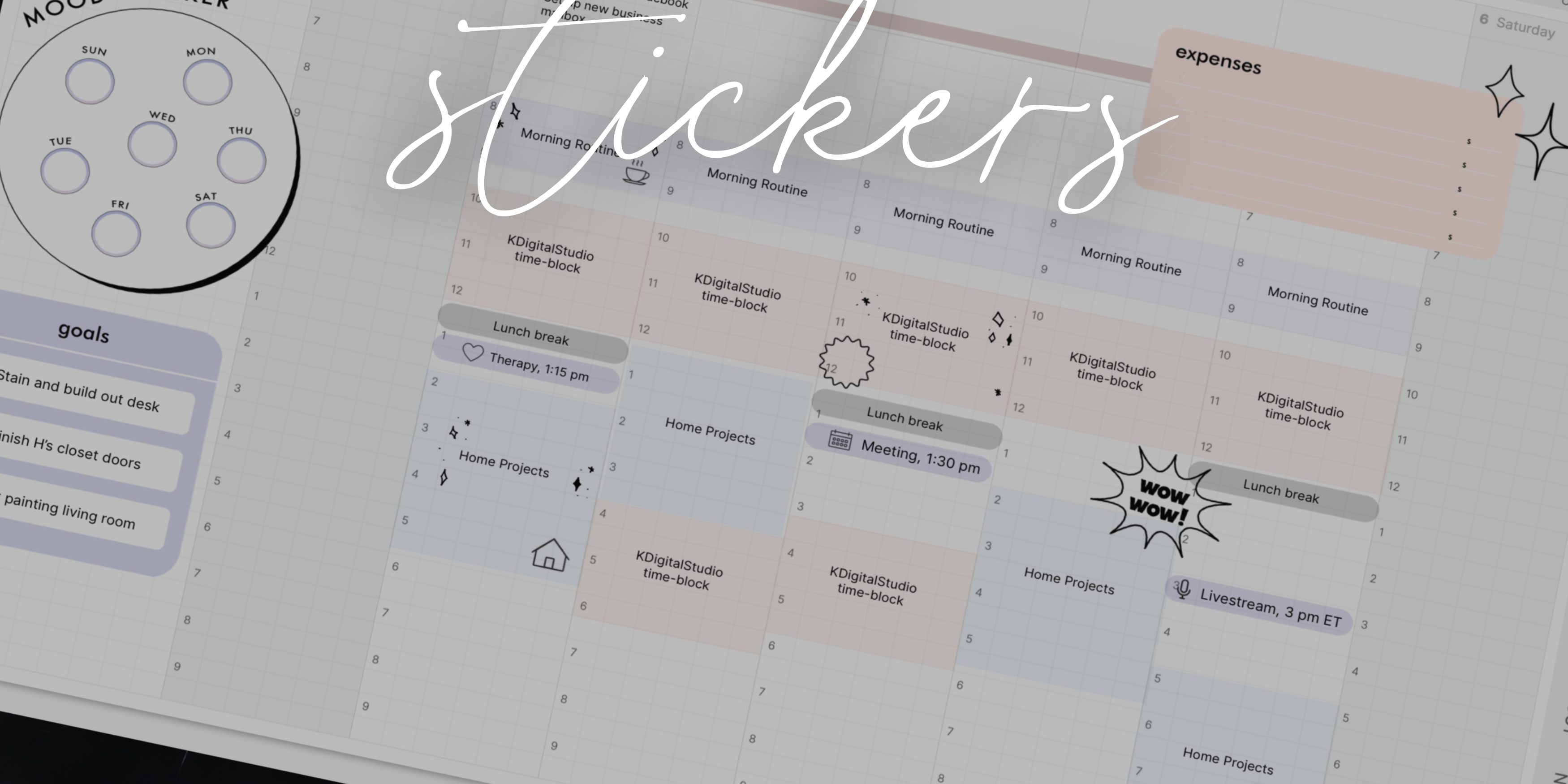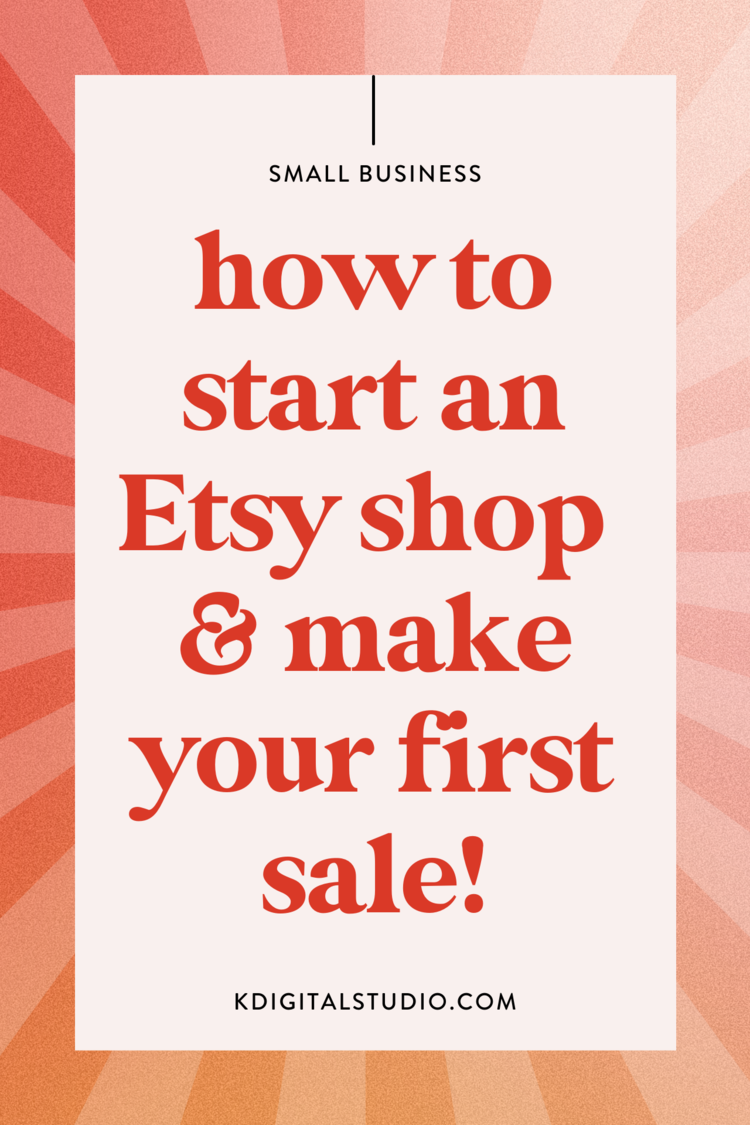If you want to start a small business or side hustle, Etsy is a great place to start. While it may seem overwhelming at first, opening a shop on the Etsy platform is relatively quick and easy. The hard part is making your first sale. But, I’ll be covering the main steps to getting started and setting your shop up for success. Also, here’s a video I made on the subject!
Step 1
Create potential products. I recommend having at least 3-5 products already created and ready to be listed before ever creating your shop. Your shop name. And all of that. It would be disappointing if you went through the trouble of creating a shop and then later decided it is not something you're willing to put time into or it's just not feasible right now. By having a small little haul of products ready to go, you have not only a better understanding of how much effort goes into creating each one, but also whether it is really a hustle that you want to pursue. And having more products also means more opportunities that they are shown to customers!
Step 2
Get on Etsy. Creating a shop is free on Etsy. What Etsy actually charges you is fees to list your products. They also take a small commission from everything you sell. What's attractive about Etsy is that the fees are relatively cheap on a small scale. Once you're on Etsy and getting started with your shop account, you'll be prompted to think of a shop name. I wouldn't get so hung up on this. Etsy does allow you to change it later. Though there may be limitations on that. I recommend coming up with a few words that describe what you're doing or what you're selling. Do a search of that name and make sure it's available on other platforms like Instagram or Pinterest or a domain name, if you think later you might create your own website. For myself, I go by K. I create digital products, so I wanted digital reflected somewhere in the name. And something about the word studio was appealing to me. So I just went with it. Come up with something you love, reflects what you're selling, and is unique.
Step 3
After setting up your shop name, get started with personalizing your shop. Make a shop banner. A profile picture. And fill out the About and FAQ sections. I recommend using a free website like Canva if you're just getting started, especially if you don’t have much skill in the design-department (no shame, I promise)! Professional, cohesive branding is more likely to draw in customers because they know you're putting in the little bit of extra effort. And it's just more visually appealing. And we're drawn to more visually appealing things.
Step 4
Speaking of appealing things. You'll want to put all of your time into the listing photos. And I say this because while on Etsy, if you're customer searches for keywords about your product, they will see tons of different results. And the only thing they will see is the listing photo. And your potential customer will click on the best looking listing photo. If you're selling physical goods, that means taking high quality, bright photos. Use different scenes and flat lays. And the same thing is true for digital goods. Try and tie in your branding with the listing photos as well. Want 40 free listings when you open your shop on Etsy?
Step 5
Use keywords. Plain and simple. This is how you'll get found in the first place. Keywords are important for driving clicks, which drive sales. If you are selling a 1970s inspired dress, you want to use a string of keywords like 1970s inspired dress, 1970s, vintage, groovy, corduroy dress. Etsy gives you 13 slots for keywords and use every single one. There are websites like erank, which can help with choosing more competitive keywords. But neglecting keywords is one of the most detrimental things you can do in terms of getting started on Etsy.
Step 6
Detailed descriptions. I sell things on Etsy, therefore I am a seller. But I also buy things from other Etsy shops. And once I click on a search result that used the keywords of what I searched and had a really attractive listing photo that caught my attention, if they a vague or short description. I click off. Customers want to know exactly what they are buying. They want to know when and how it will be received. They want to know what happens if they don't like it or isn’t what they expected. Therefore, you need detailed descriptions that include your keywords. If you're writing your descriptions well you won't have to worry so much about making sure you're including your keywords — it will just happen by nature.
Step 7
Make sure you have all the supplies you need. This is most important for physical Etsy shops — you'll need to worry about shipping. Which means you need to already have mailers, stickers, packing tape, bubble wrap, boxes — whatever it is that you need to physically wrap and ship out your product. If you wait for sales to come in, before ordering or buying the things you need to ship — it will lead to a lot of stress on your end and frustration on the customer's end for waiting. If you're a digital shop, make sure you all the links work for products that you provide if you're selling things you've made on Google Drive or Canva, etc. You'll worry most about whether things are functional and Etsy handles sending out the email with download links to the customer.
Step 8
Be prepared with answers to future questions. Run through scenarios in your head of what could go wrong on the customer's end and then answers or solutions to those problems. For example, make sure you have a good understanding of how to respond to a customer that messages you upset about shipping times. Or a customer asking a question about how to download their files if you're a digital shop. Having solutions in mind will help with the panic you may feel later if there's a problem.
Step 9
Promote your shop on other platforms. Etsy has a great search engine and is pretty friendly, in my opinion, to all shops — if they have good listing photos, keywords, and detailed descriptions. Etsy drives about 40% of my sales, but in the beginning, it was driving about 60-70% of my sales. I was using Facebook to promote my shop, but I would recommend Pinterest to start out — unless you already have another form of social media you can promote from. Using multiple platforms means more chances that you will attract someone to your shop.
Step 10
Don't wait for your first sale to keep creating. If you know you want to dedicate the time and effort into this shop, keep creating. Start working on your next product to list. Even if you don't have your first sale, list the next thing you create anyway. It increases your chances of getting noticed in search. You might not make your first sale the day you open your shop, but with great listing photos, cohesive branding, detailed descriptions, and keywords, you'll be celebrating your first sale in no time.
0 comments












